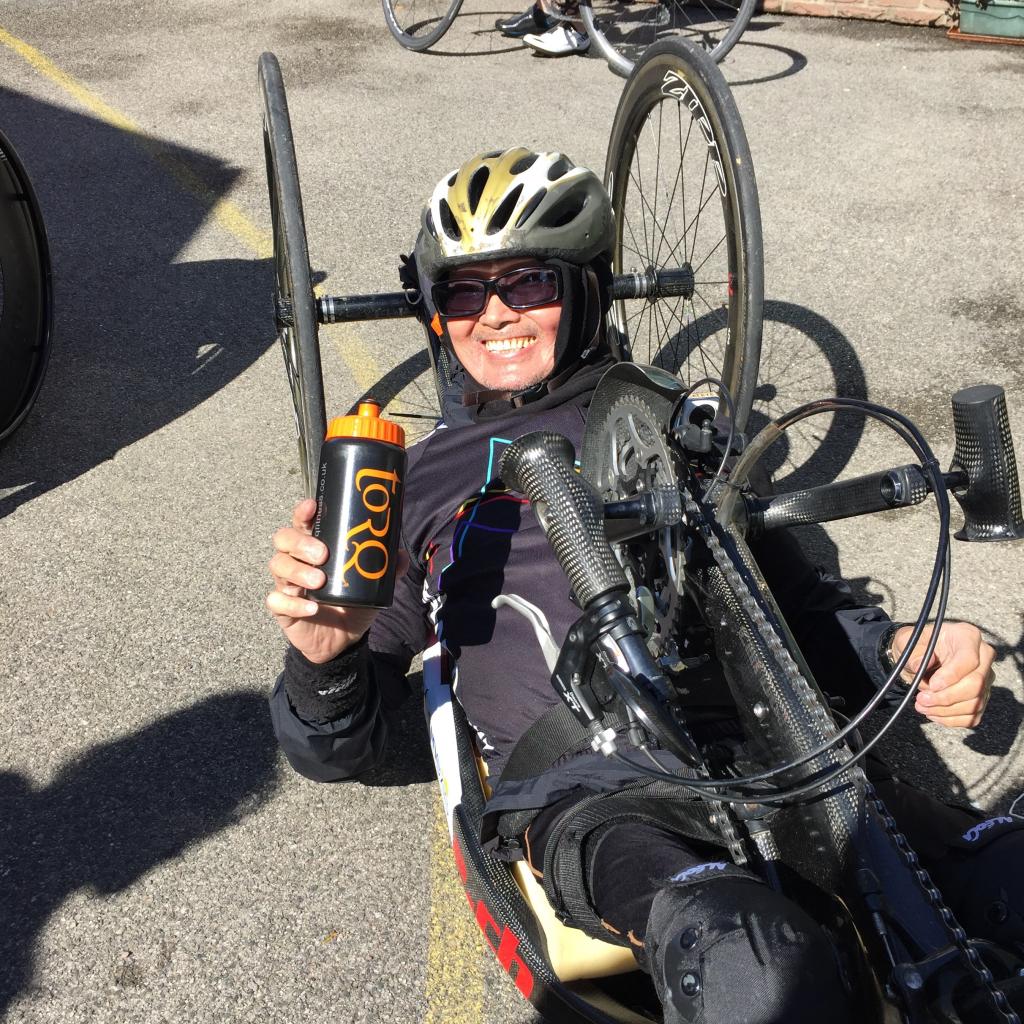There are just a few days to go now until TORQ owner Matt Hart departs from Land’s End with the talented and inspirational Dr William Tan, along with teamies Peter, Alan and Dave. They plan to cover the 960 mile journey (they’re going the pretty way) to John o’Groats in just 9 days and here we tell you how they’re going to fuel themselves.
When the group is being led by a Sports Scientist and owner of the finest Performance Nutrition brand in the world, you would hope that they will have got their nutritional strategy planned out? Well of course they have and the TORQ van will be filled with supplies to ensure that this challenging journey isn’t made more arduous through taking on board insufficient or inappropriate calories.
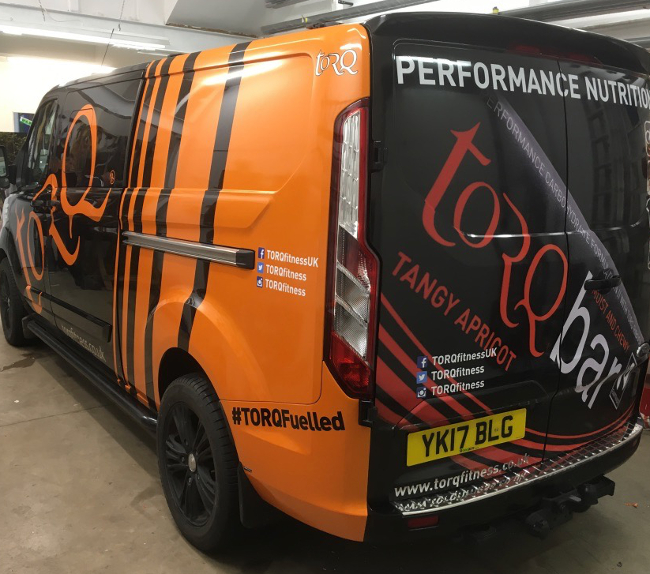
If you’re planning a similar journey yourself, take a look at our definitive guide to Stage Race and Multi-Day Event Nutrition by clicking HERE. In this short article however, we’re going to cut to the chase and simply let you know how we plan to execute our nutritional plan in a real life situation.
Our team travel down to Land’s End this Tuesday (4th June 2019), so they’re going to be ‘Carbo Loading’. This doesn’t necessarily involve consuming TORQ products, but as there’ll be a plentiful supply of our new TORQ Explore Flapjacks on board, surely a few will be consumed? Aside from the flapjacks, the team will be munching on fruit, sweets and anything carb-filled to accompany their regular meals. This will leave their internal carbohydrate stores fully loaded and in the best possible condition to start this challenge.
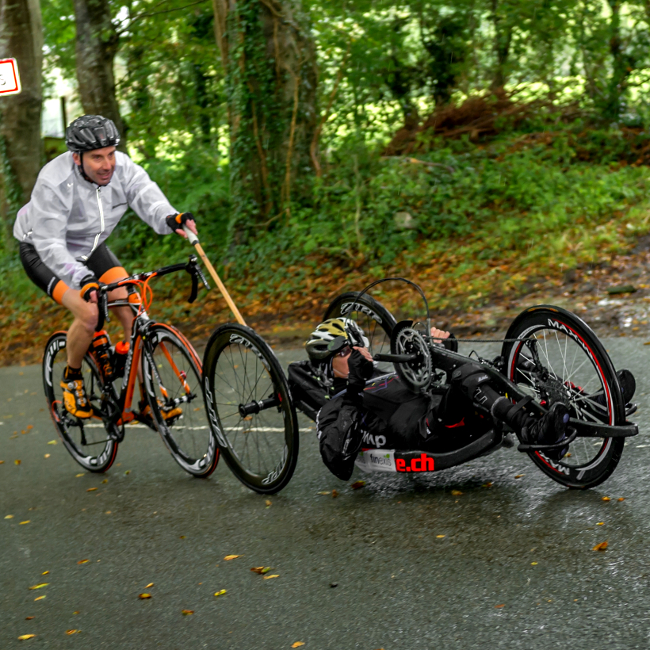
They will be departing Land’s End at approximately 7am on Wednesday 5th June and are anticipating around 10 hours of ride time. This particular challenge is unique and if you haven’t read the inspirational story behind the team’s journey, click HERE to learn more. The first couple of the days are some of the hilliest which means that Matt and Will shall be sharing their power on the climbs and we expect their calorie burn rates to be significantly higher than normal. Matt is also on a mountain bike so that he has the gearing to cope with the steeper climbs. 10 hours may be being optimistic!
Alarms will be set for 5:30am on Day 1 and TORQ have provided all of the breakfasts for the challenge. The TORQ SNAQ 3:1 Breakfasts are instant and just need water adding (hot or cold). Matt says that the kettle will be going on first thing in the morning and he’ll be having his hot. The breakfasts contain 25g of high quality protein and 75g of carbohydrate, with virtually no fat. The team will be encouraged to have a tea/coffee with their breakfast and can munch on bananas as they are driven to the start. The low fat nature of these breakfasts will mean that they will be easily absorbed and the riders should be starting to feel hungry by the time they start pedalling.
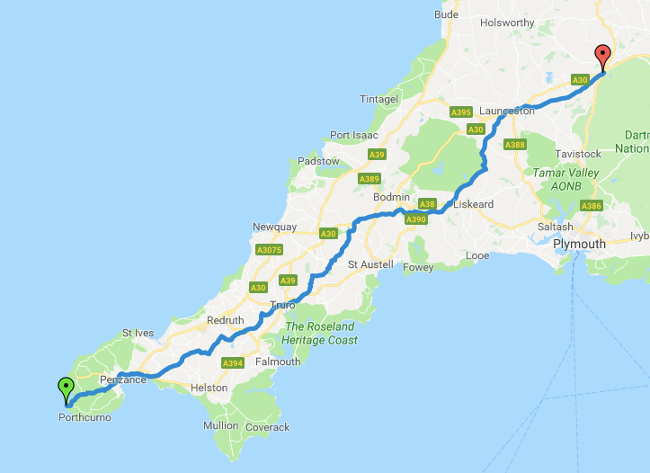
As soon as they start rolling they will consume a TORQ Energy Gel and will continue to drink TORQ Energy Drink, consuming slightly ahead of thirst. The aim for first 3 hours will be to consume 2 TORQ Units (60g of carbohydrate) per hour. If you’re unfamiliar with the TORQ Fuelling System, take a look HERE to learn more. This system makes the fuelling process extremely simple to implement and the instruction to the team will be to consume a minimum of a TORQ Gel, TORQ Bar or TORQ Chew per hour, allowing for 500ml of TORQ Energy Drink consumption per hour too. 500ml TORQ Energy + 1 gel/bar/chew = 2 TORQ Units (60g carbohydrate).
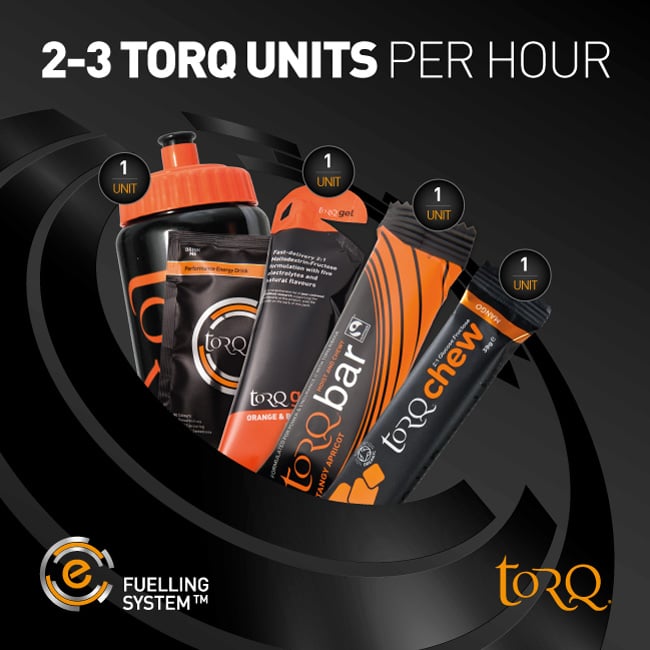
If the temperatures are cool and the riders aren’t consuming as much as 500ml of their energy drink per hour, they will need to consume their concentrated fuelling units (gels/bars/chews) more regularly or they will fall short of their 60g of carbohydrate per hour target. The beauty of the TORQ Fuelling System is that it caters for up to 3 TORQ Units per hour, so if any of the team find themselves consuming more that 500ml of Energy Drink per hour, they will absorb it and gastric problems will be very unlikely. If conditions induce particularly high sweat rates, the team may have to revise their consumption of concentrated TORQ Units downwards, but this is unlikely given the weather forecast.
After 3 hours of riding, the team will consume a TORQ Recovery Bar, which again is ultra-low in fat, contains essential carbohydrate fuel, but also contains around 15g of protein. The protein will make no difference to their performance on Day 1, but this practice will look after their muscles to keep them strong for later in the challenge – it’s an essential pre-emptive strategy. This Recovery Bar will be consumed instead of a regular TORQ Unit for hours 3-4.
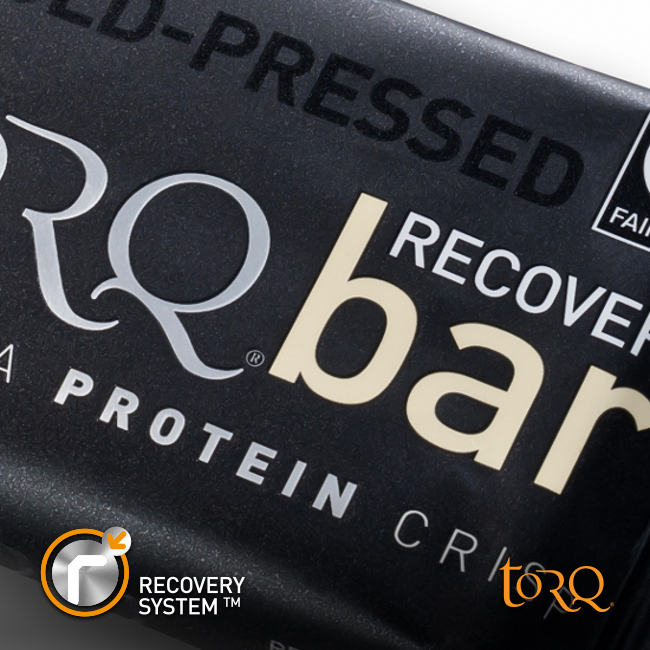
The team plan to continue riding, following the TORQ Fuelling System until the 65-70 mile point, so that they can break the back of the mileage before they have lunch. They will be riding around 105-110 miles per day on average. For lunch, Dave our driver will be instructed to bring us medium sliced white bread, ham and pickle for those who don’t fancy plain ham sandwiches. No butter allowed. Low fat is essential. The team will also have oranges, apples and bananas available. For desert, everyone will have 300ml of TORQ Recovery Drink – again low fat containing carbohydrate and protein.
Riding on full stomachs, the team will roll out and this time they’ll have a bottle of water on their bikes and they’ll drink this for the next hour to satisfy their thirsts. As their lunches will have been so low in fat, they will be getting hungry again before the hour is up and then the TORQ Fuelling System continues at 2 TORQ Units per hour for the remainder of the stage.
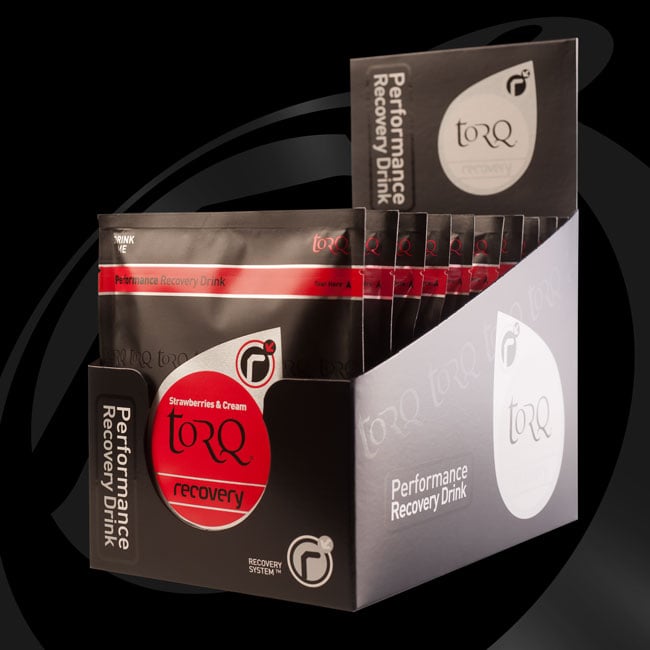
Within 15 minutes of finishing, they will all consume a TORQ Recovery Drink and they will graze on fruit and sweets for the next couple of hours before they have dinner. Dinner is the one point in the day where everyone can relax and consume whatever they feel like. Everyone will be encouraged to have a desert to get the carbohydrate calories in and perhaps they’ll be having a glass of wine too. The team won’t be going to bed hungry and if they are, they’ll be encouraged to consume another TORQ Recovery Drink. We at TORQ call this the ‘Double Recovery’.
And so it will go on for 9 days! The key to fuelling an event like this, is to be disciplined from the moment you wake up to the point where you finish the ride and then you can relax. Fat is the enemy on multi-day events like this, because it blocks the absorption of carbohydrate, so the only safe time to consume it is in the evening before bed. If you’re doing a similar challenge yourself, remember to keep the discipline and relax and enjoy your evening meal when the hard work is done.
We have a moto at TORQ ‘Eat today for tomorrow’. Most people could get through Day 1, but the key is to continue feeling strong and good by Day 9. Following a strategy like this may seem like over-kill at the start, but it will pay huge dividends as the event unwinds.
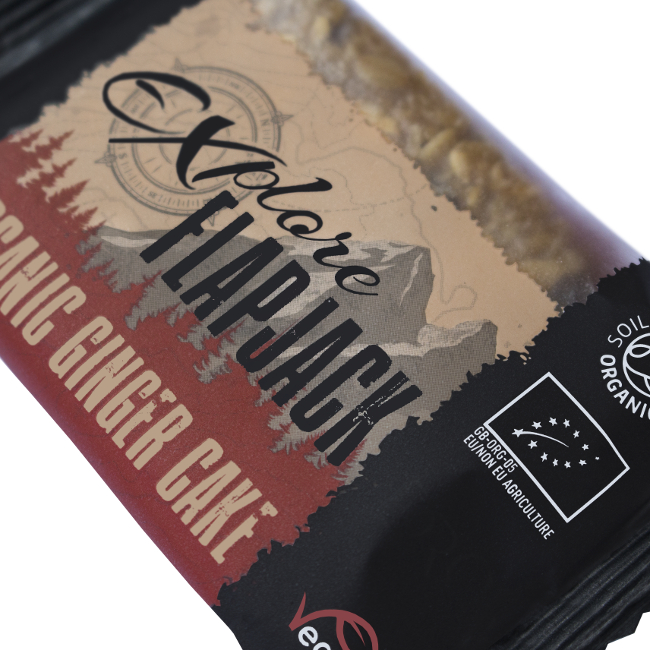
Will the team be consuming any TORQ Explore Flapjacks during the 9 days of the challenge? The riders have been advised to use them once or twice max per day during the ride where they can swap them out for a regular TORQ Unit id the temptation is too great, but we reckon a few might be consumed after each stage when the kettle goes on!
To learn more about why we are doing this trip, click on the link below:
Land’s End to John o’Groats with Dr William Tan
To learn more in-depth nutritional strategies and why we are fuelling the way we are, read our comprehensive set of resources here:
Stage Race & Multi-Day Nutrition
And really importantly, to donate (no donation is too small) to help us to beat blood cancer, click on this link:
Keep up to date on progress through our regular updates on Twitter at @TORQfitness and daily report on Facebook at @TORQFitnessUK.
Wish us luck!
